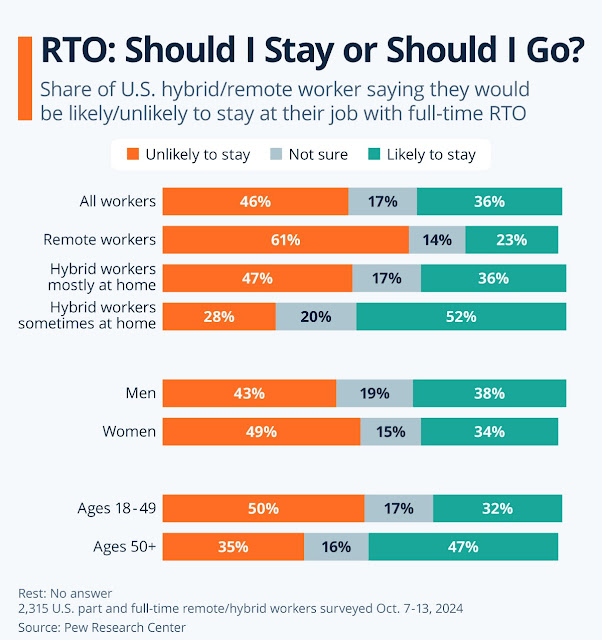Five years ago, the COVID-19 pandemic triggered a seismic shift in workplace dynamics, as remote work abruptly became the standard for millions of employees in the United States and around the world. This shift introduced unprecedented flexibility, allowing workers to better manage their time, eliminate daily commutes, juggle childcare responsibilities, and often achieve a healthier work-life balance. Remote work also enabled employees to create personalized work environments, enhancing comfort and productivity for many.
Despite these benefits, traditional office settings retain distinct advantages, prompting a growing number of employers to require employees to return to the office for most of the workweek. Offices foster in-person collaboration, spontaneous brainstorming sessions, and social interactions—elements that are difficult to replicate in a virtual setting. Moreover, the structured nature of an office can help establish clearer boundaries between professional and personal life, minimizing distractions and allowing employees to fully disconnect when they are at home.
In response to these dynamics, hybrid work models have gained traction, blending the strengths of both remote and in-office work. These models accommodate diverse employee preferences and living situations, offering a balanced approach that mitigates the drawbacks of each setup while maximizing their benefits. According to Statista Consumer Insights, 20% of American employees now work from home regularly, while 41% report working primarily in a company office. This evolving landscape reflects an ongoing effort to adapt to the changing needs of the modern workforce.
The shift to remote and hybrid work has been a significant workplace transformation in the United States since the Covid-19 pandemic. Many federal agencies and private companies have been navigating the complex landscape of workplace arrangements, balancing employee preferences with organizational needs.
While some large employers like JPMorgan, Amazon, and AT&T have pushed for increased in-office work, the approach varies widely across different organizations. A Pew Research Center survey highlighted the strong employee preference for flexible work arrangements, with 46 percent of remote and hybrid workers indicating they would be unlikely to stay at a job that mandated full-time office attendance.
The potential consequences of strict return-to-office (RTO) policies are significant. Employers risk a talent exodus, particularly among certain demographic groups. The survey found that fully remote workers, women, and younger workers under 50 were especially likely to consider leaving jobs with inflexible work arrangements. This presents a challenge for organizations trying to attract and retain top talent in a competitive job market.
The debate around remote work continues to evolve, with arguments on both sides. Proponents of in-office work emphasize benefits like enhanced collaboration, creativity, and interpersonal connections. Conversely, remote work advocates point to increased productivity, improved work-life balance, and reduced commuting costs.
Federal agencies and private employers are still experimenting with different models, recognizing that a one-size-fits-all approach may not work for all employees or departments. The key seems to be finding a balance that meets both organizational objectives and employee preferences, potentially through hybrid models that offer flexibility while maintaining essential in-person interactions.


